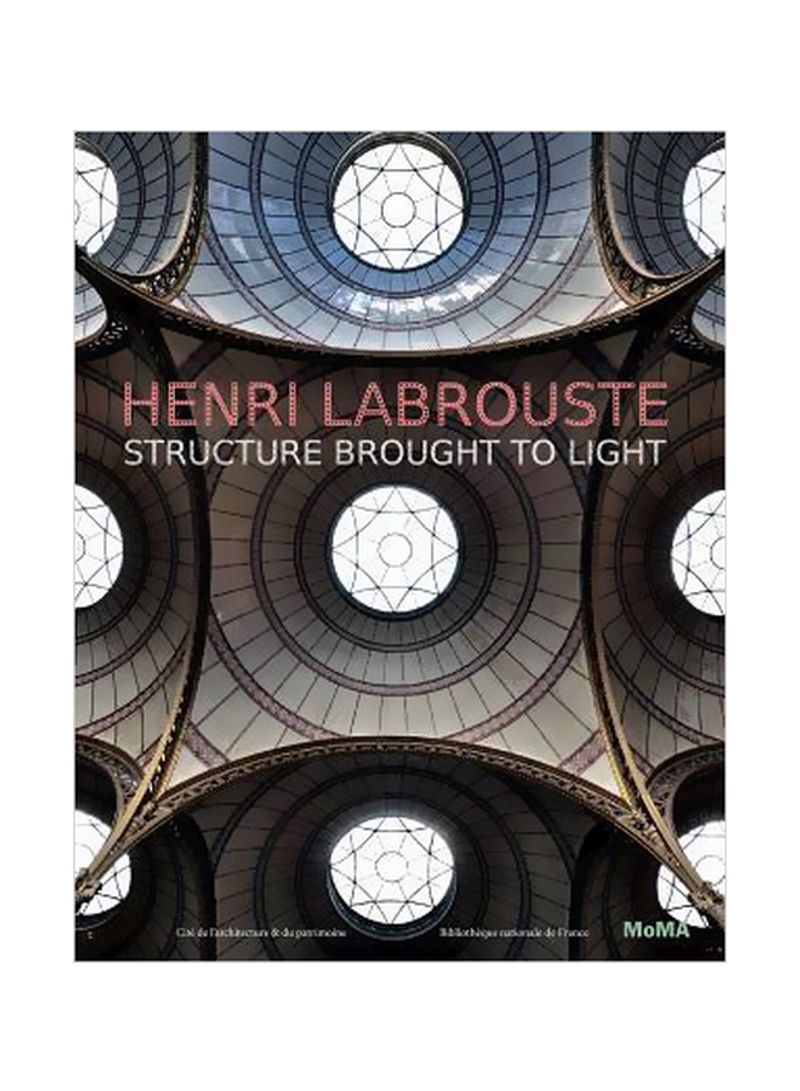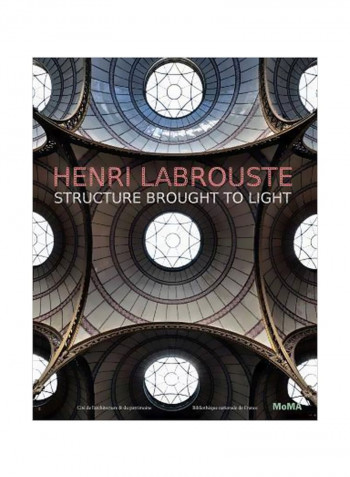Henri Labrouste: Structure Brought To Light Hardcover
Recommend
Sort by
Rating
Date
Specifications
Author 1
Barry Bergdoll
Book Description
Henri Labrouste is one of the few nineteenth-century architects consistently lionized as a precursor of modern architecture throughout the twentieth century and into our own time. The two magisterial glass-and-iron reading rooms he built in Paris gave form to the idea of the modern library as a collective civic space. His influence was both immediate and long-lasting, not only on the development of the modern library but also on the exploration of new paradigms of space, materials and luminosity in places of great public assembly. Published to accompany the first exhibition devoted to Labrouste in the United States--and the first anywhere in the world in nearly 40 years--this publication presents nearly 225 works in all media, including drawings, watercolors, vintage and modern photographs, film stills and architectural models. Essays by a range of international architecture scholars explore Labrouste's work and legacy through a variety of approaches.
Language
English
Publisher
Museum of Fine Arts,Boston
Publication Date
2 April 2013
Number of Pages
272
Editorial Review
These Americans recognized Labrouste as a provocateur and poet with a pen and pencil whose influence reverberated across the centuries.--Michael Kimmelman "The New York Times " The book gives the building meaning in exchange for shelter.--Justin Davidson "New York Magazine " A catalogue with essays by each curator, as well as by Levine and David Van Zanten, will further illuminate the solecistic inventiveness of this student of the Ecole who at once brilliantly articulated and subtly but forcefully undermined its classical orthodoxies.--Edward Eigen "Artforum " Labrouste (1801-75) gracefully transformed the classical language of masonry into an architecture suffused with space and light by exploiting the new structural possibilities of iron in his civic monuments.--Suzanne Stephens "Architectural Record "



